
Fashion Week - Historical Looks #silhouettes #fashionweek #fashiondesign
I'm sharing this content with you, blending historical context and a biased style of clothing, from the beginning to the most current. Let's immerse ourselves in this content! I hope you enjoy, comment, and share.
In the early 1900s, Paul Poiret abandoned tailoring and pattern cutting for a more experimental, draped silhouette inspired by a more natural feminine form. This paved the way for changes in the 1920s, when women were liberated by the daydress silhouette, which elongated the body's proportions by narrowing the waist and shortening the length to mid-calf. By the 1930s, the daydress was becoming more practical as women led more active lives, a phenomenon Chanel exploited by developing easy-to-wear, sports-inspired jersey dresses. Austerity measures necessary during World War II resulted in fabric shortages. Man-made fabrics, such as rayon and synthetic jersey, replaced luxury fabrics at a time when wool was used for uniforms and silk for parachutes. The unadorned silhouette was cut narrower and shorter for reasons of cost and economy. In the post-war period, ordinary women found employment outside of domestic service, and daywear adapted to their new roles, with ready-to-wear dresses making the style accessible and affordable, allowing women to stay current with changing fashion trends. In 1947, Dior launched his New Look, with its glamorous waistline and longer, fuller skirts, which women embraced. Modern home appliances allowed women to free themselves from domestic ties and free up their time for more fulfilling roles in the workplace. Givenchy introduced the sack dress in 1958, freeing women from the cinched waist and hourglass figure and paving the way for the shift dress and mini of the 1960s. The silhouette softened and lengthened in the 1970s, to midi and maxi. Laura Ashley, Bill Gibb, and Perry Ellis explored a more ethnic and romantic style, as did Ossie Clark and Celia Birtwell, with their floral prints. The powerful padded-shoulder style of the 1980s epitomized that decade's obsession with status and success and was easily translated into everyday wear, through to formal business and office attire.
FORMAL:
Every woman needs a sophisticated, perhaps understated, and possibly practical dress that she can effortlessly wear to make a good impression. This dress has an elegant aesthetic, meaning it can be worn to an interview or business meeting. Semi-fitted, tailored, and structured in plain or gathered fabrics, and A-line in softly draped fabrics, this everyday formal dress conveys a strong message of authority, capability, and glamour. Minimalist lines and neutral tones with interesting yet subtle details explore femininity while remaining practical. Modern, blended, and easy-care fabrics are the ideal choice, making the dress durable and wrinkle-resistant, able to withstand the rigors of the workday while maintaining a relaxed chic appearance.
Often designed to be worn with a matching suit jacket or coat, the everyday formal dress may be short-sleeved or sleeveless, though long or three-quarter-length sleeves provide a more covered look, more appropriate for the workplace. Formality suggests a longer length, just above the knee, ranging in length to mid-calf. However, a shorter length, within reason, may be acceptable for a younger demographic. Necklines rarely offer exposed cleavage and can range from the simplicity of a round neck to the exploration of a variety of collars. Shoulder pads and striking shoulder lines echo the power dressing style of the 1980s and emulate a masculine silhouette.
Let's take a look at today's season's style from the Paris Fashion Week shows?
Dior
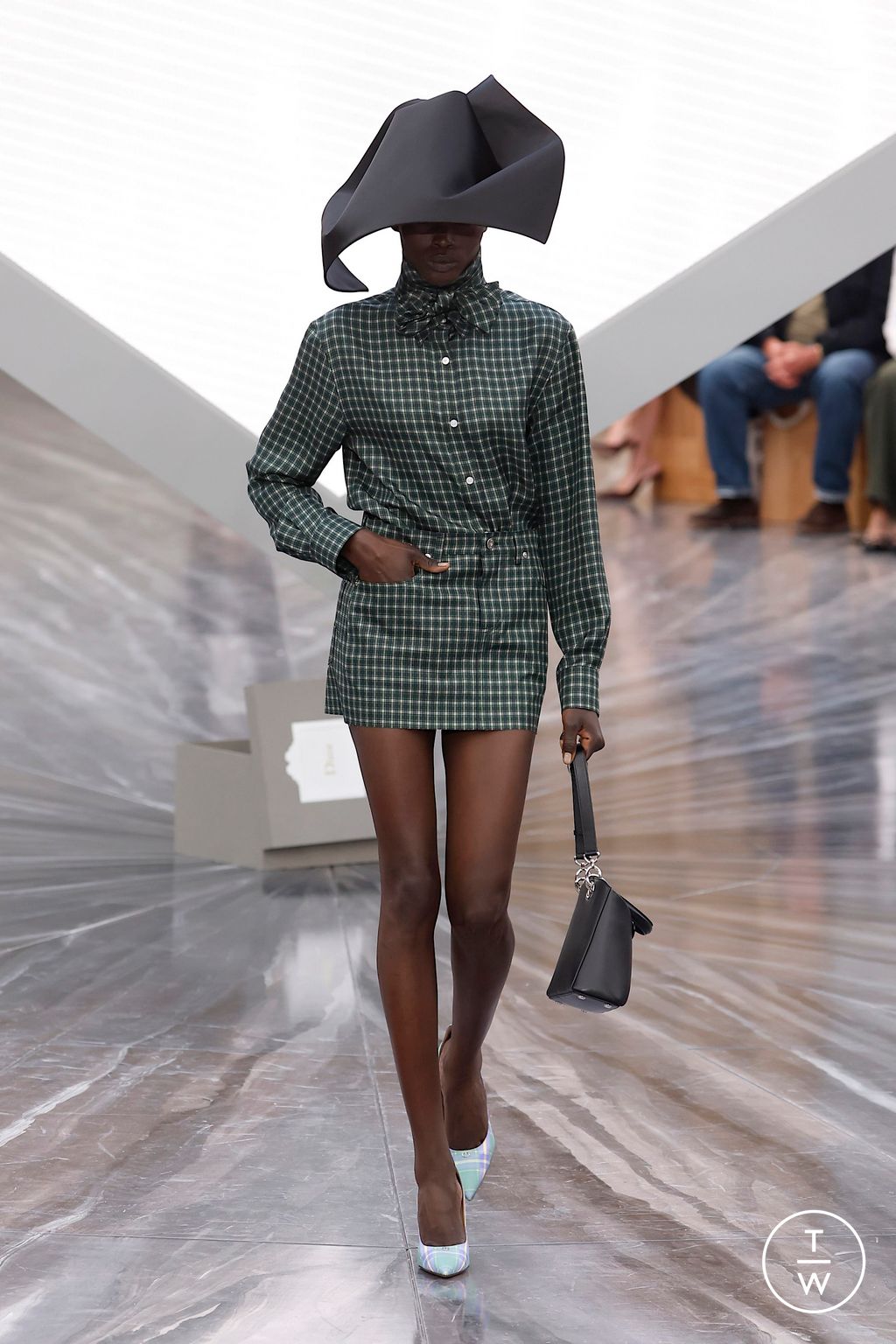



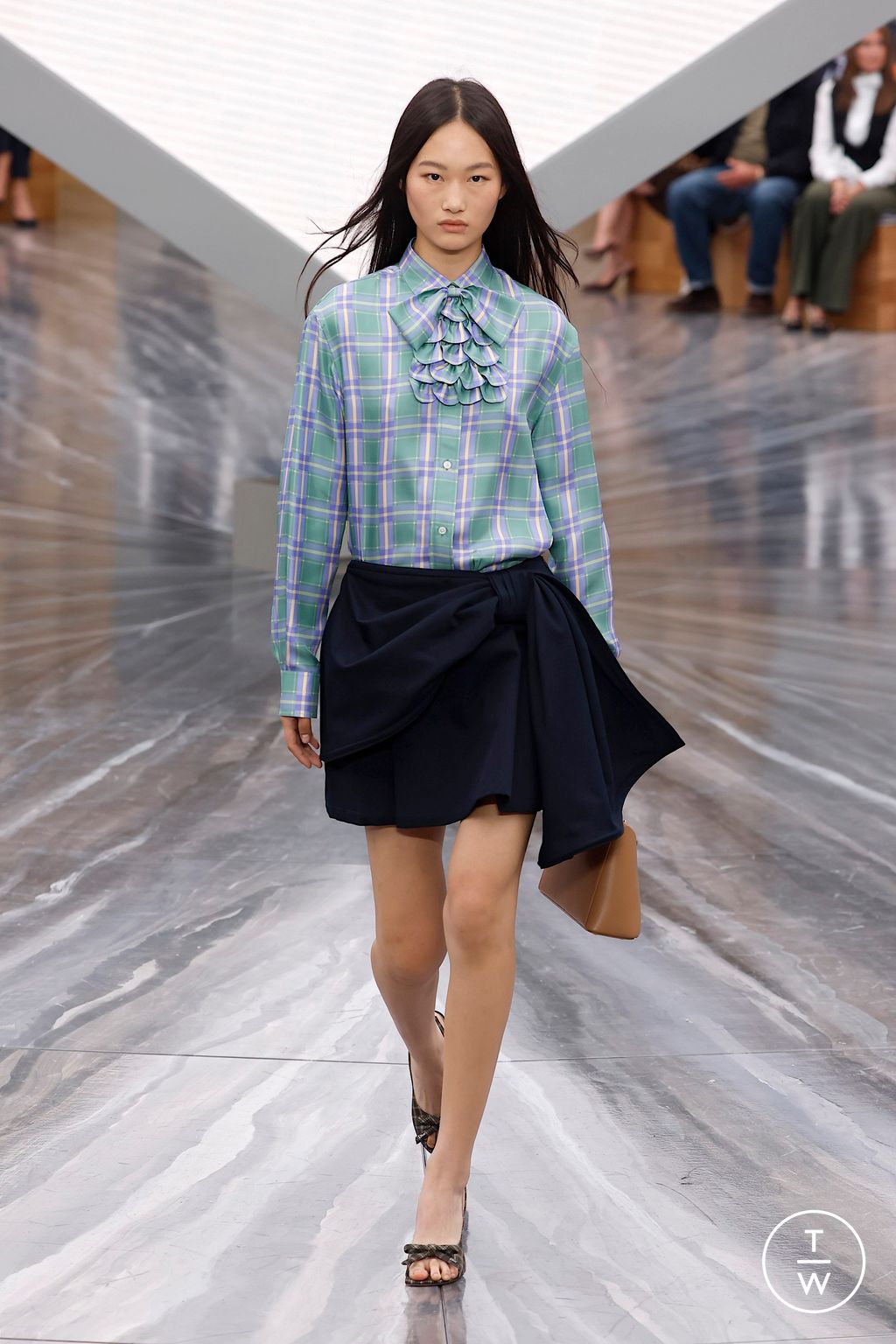
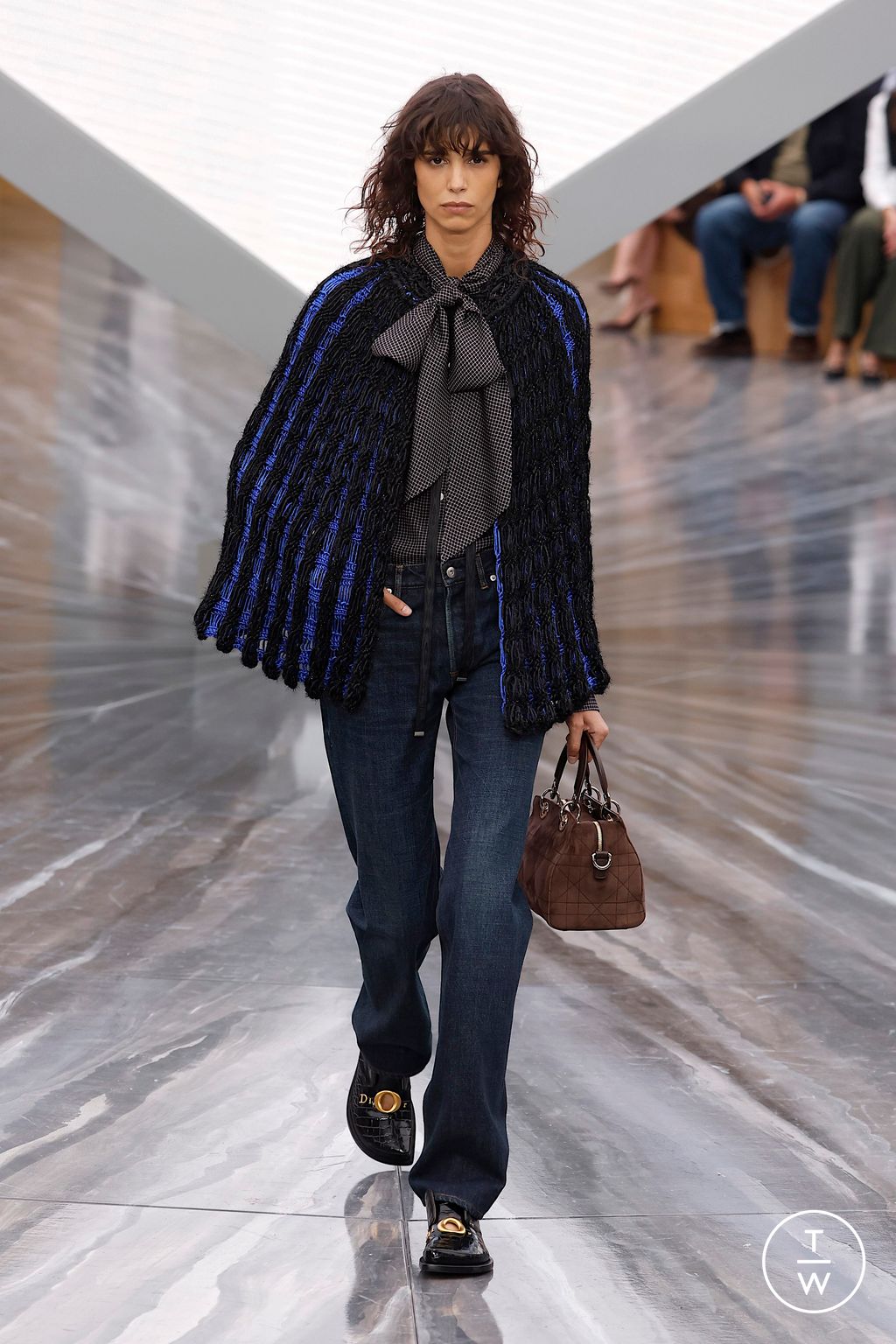
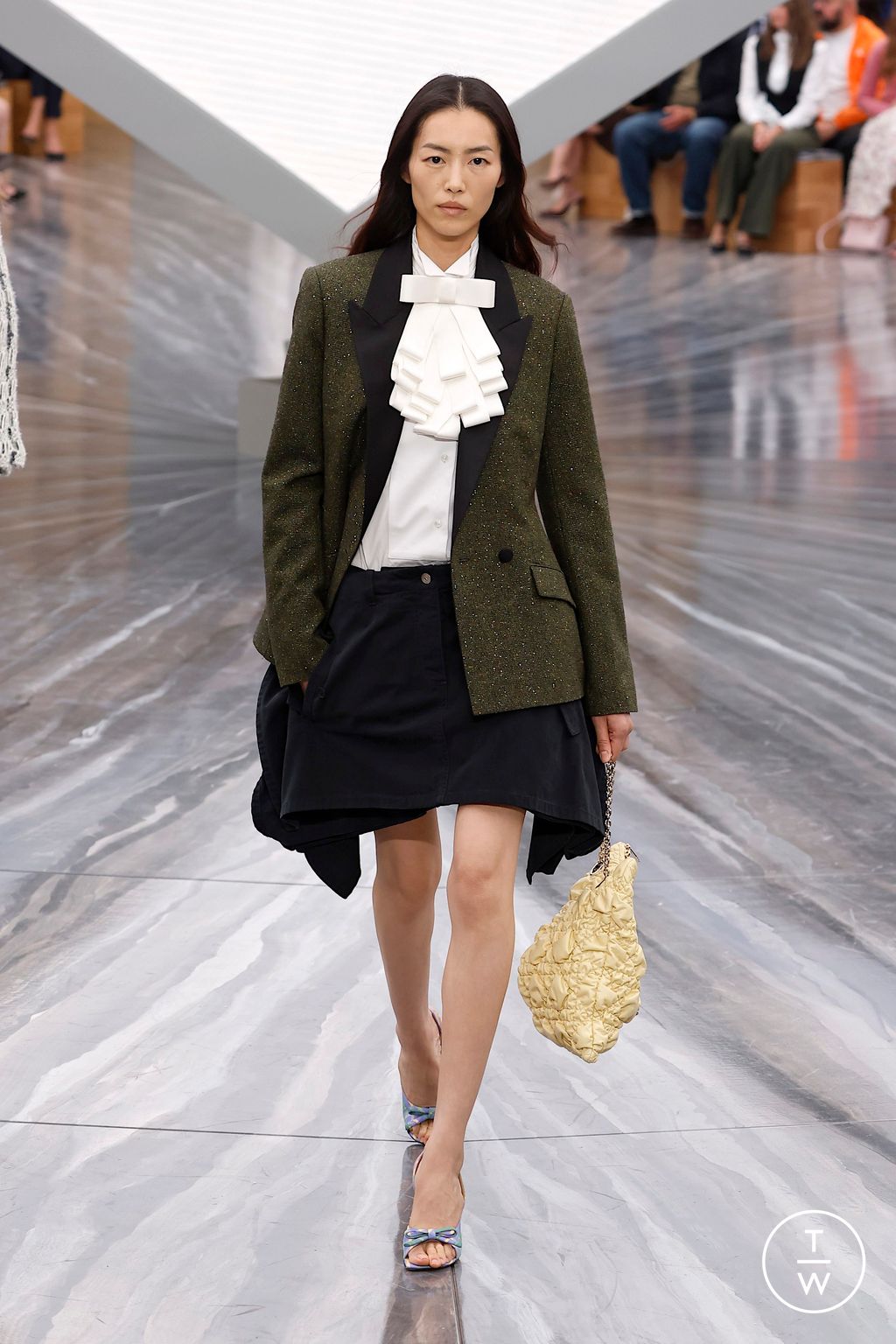

CHANEL
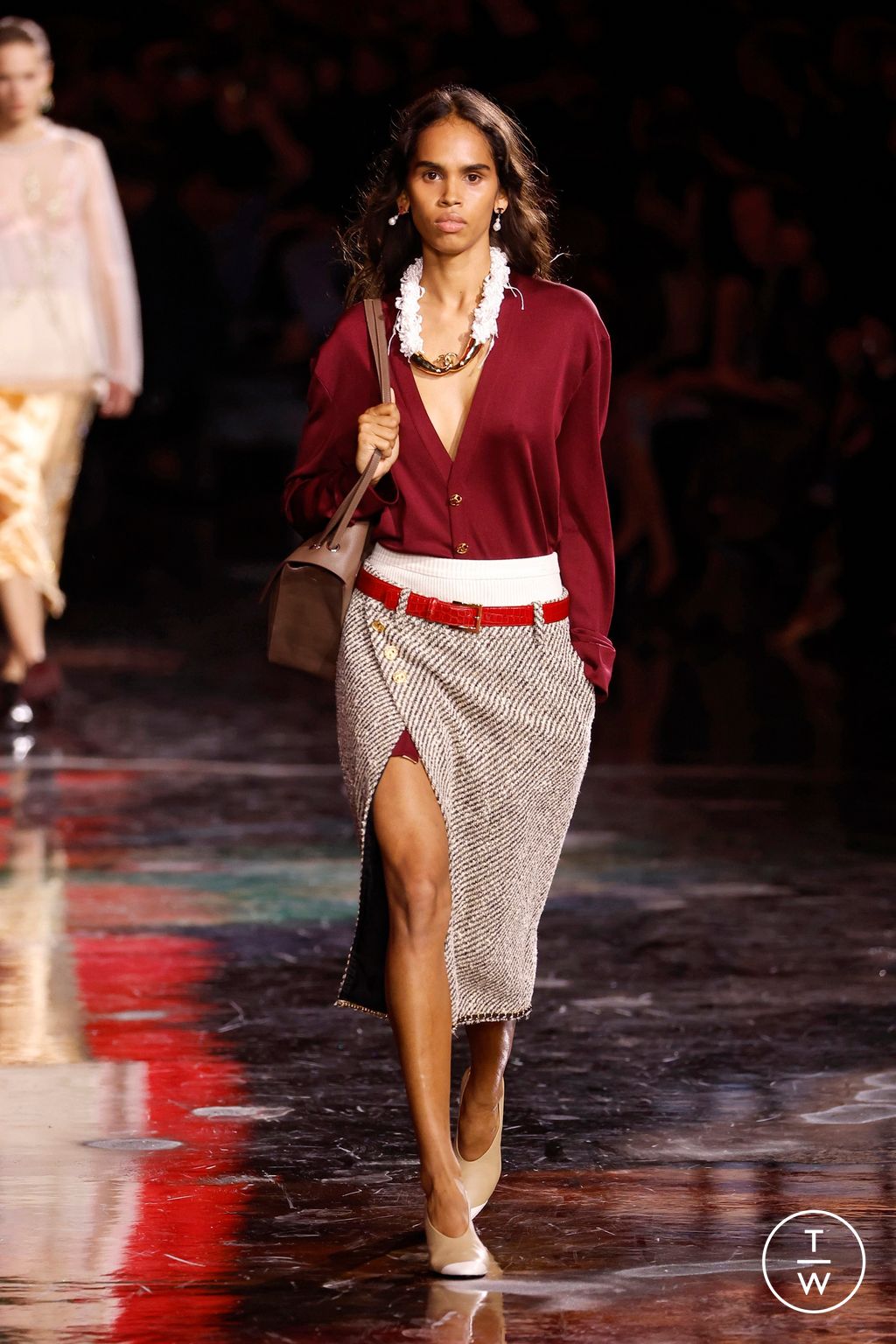



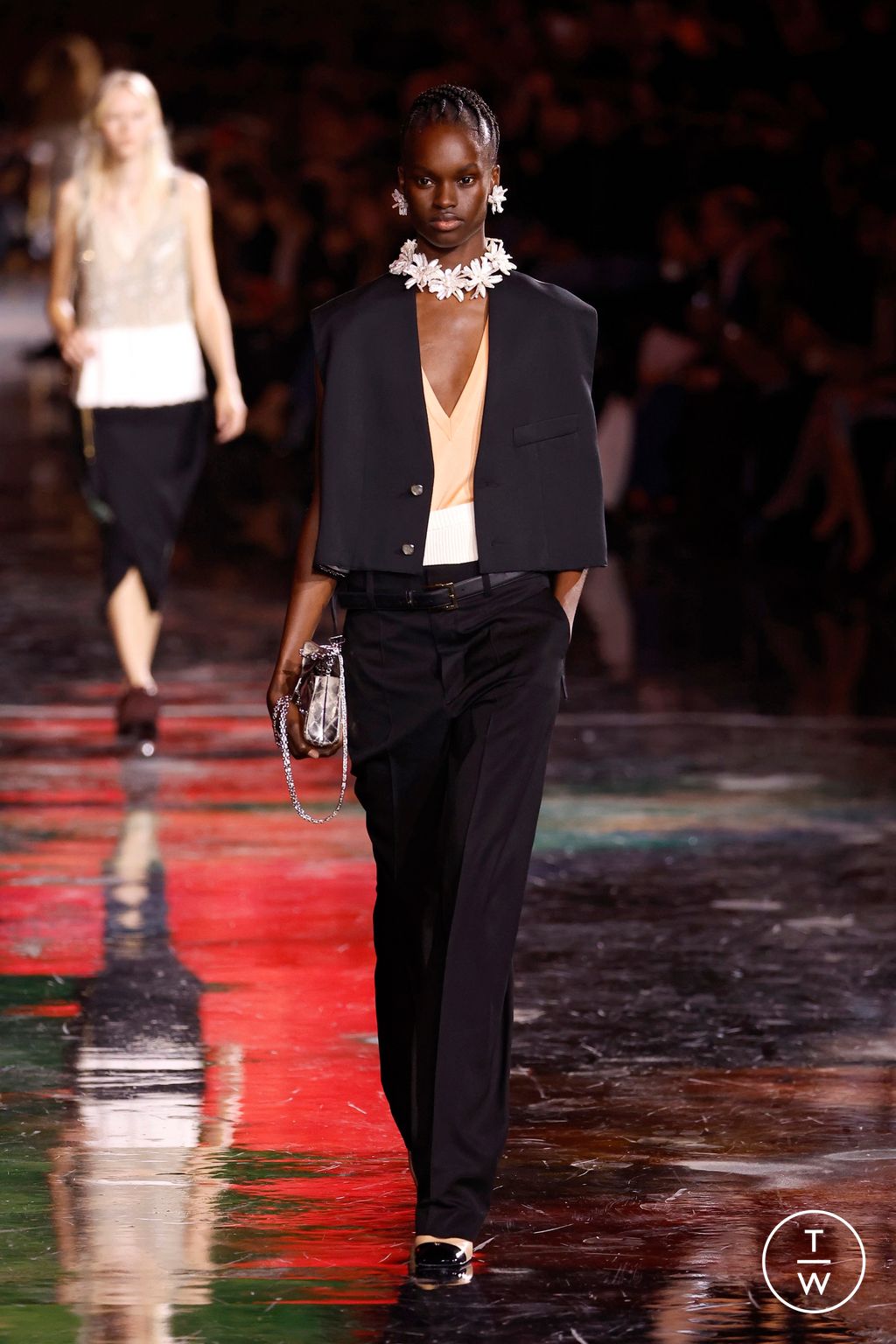
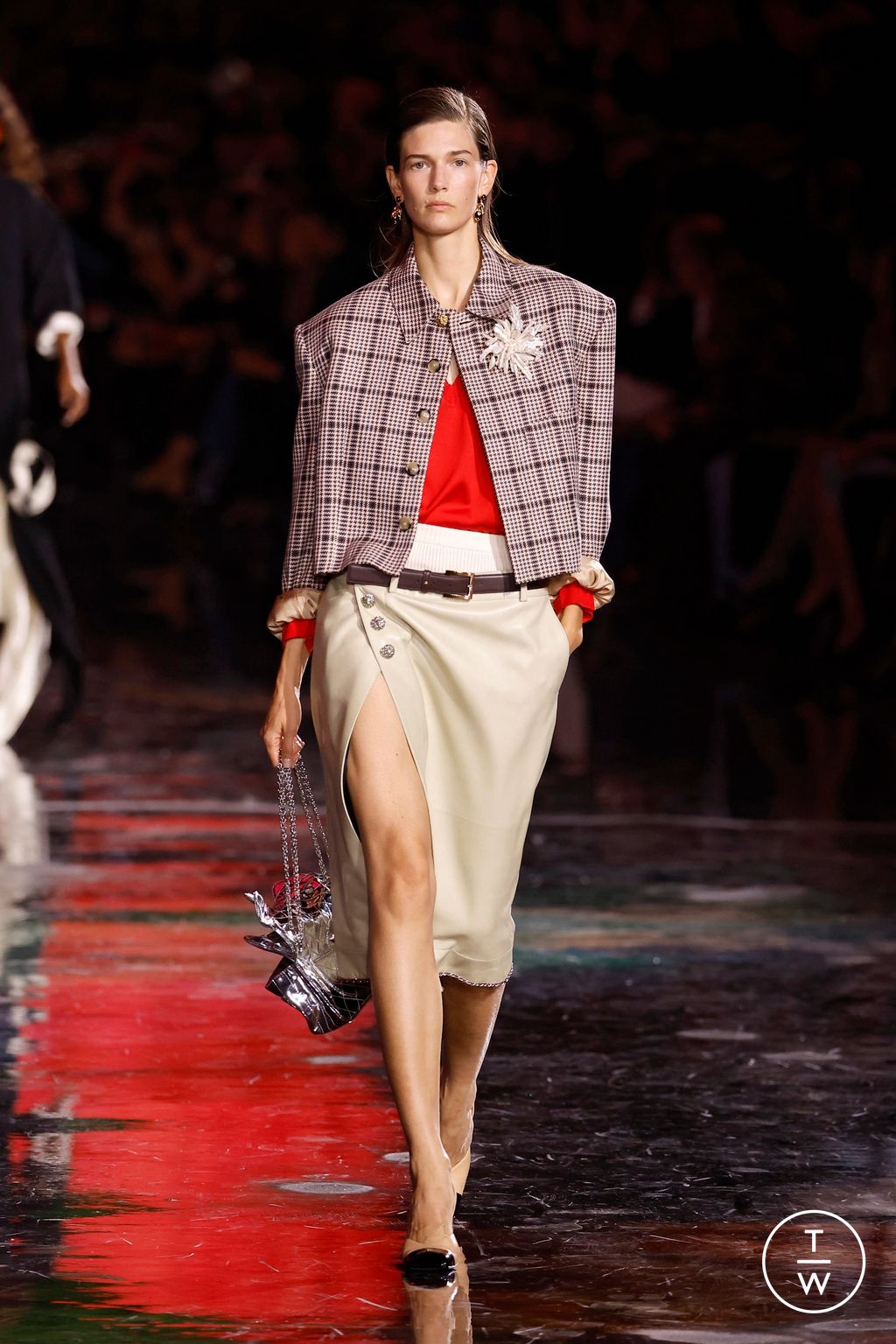
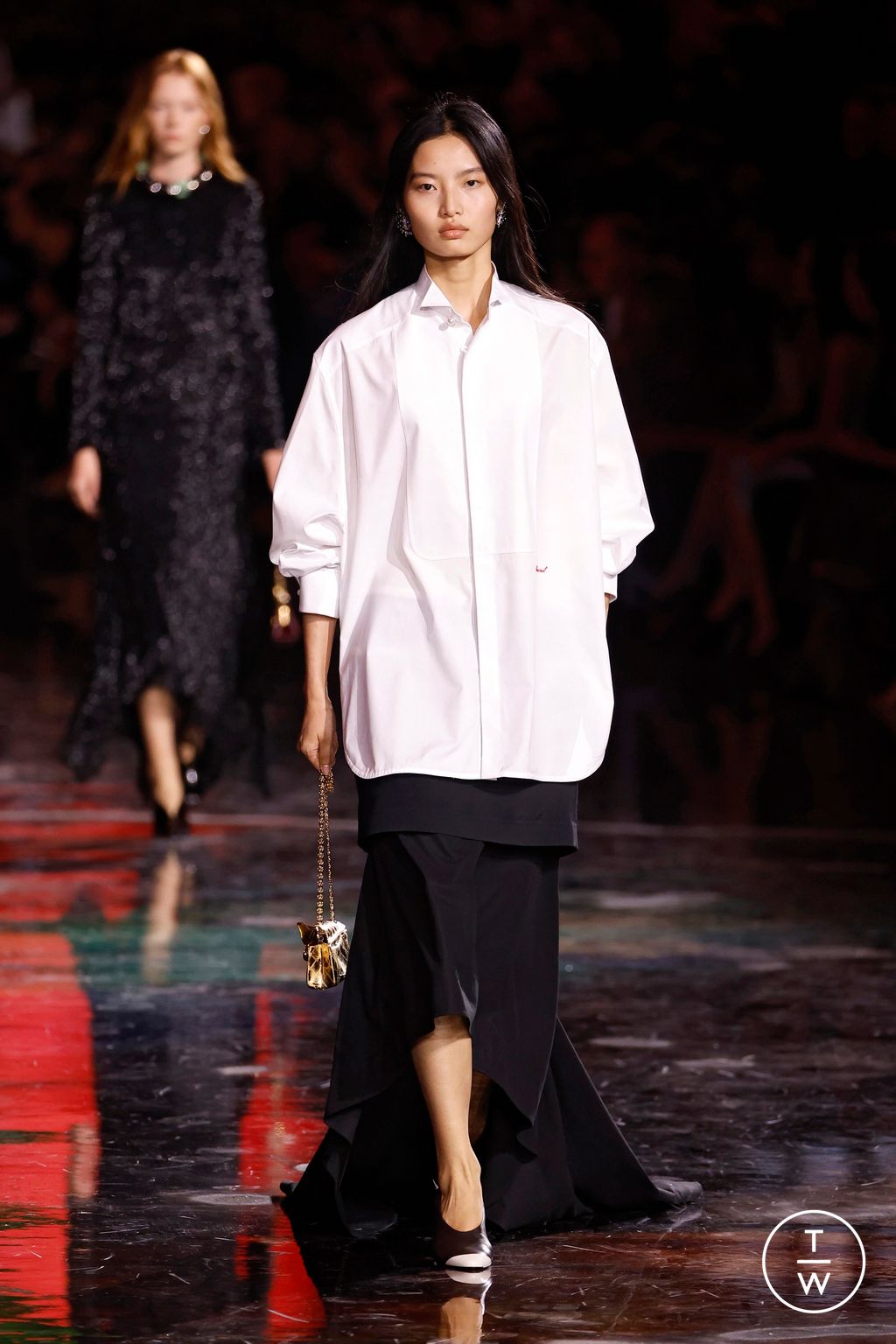

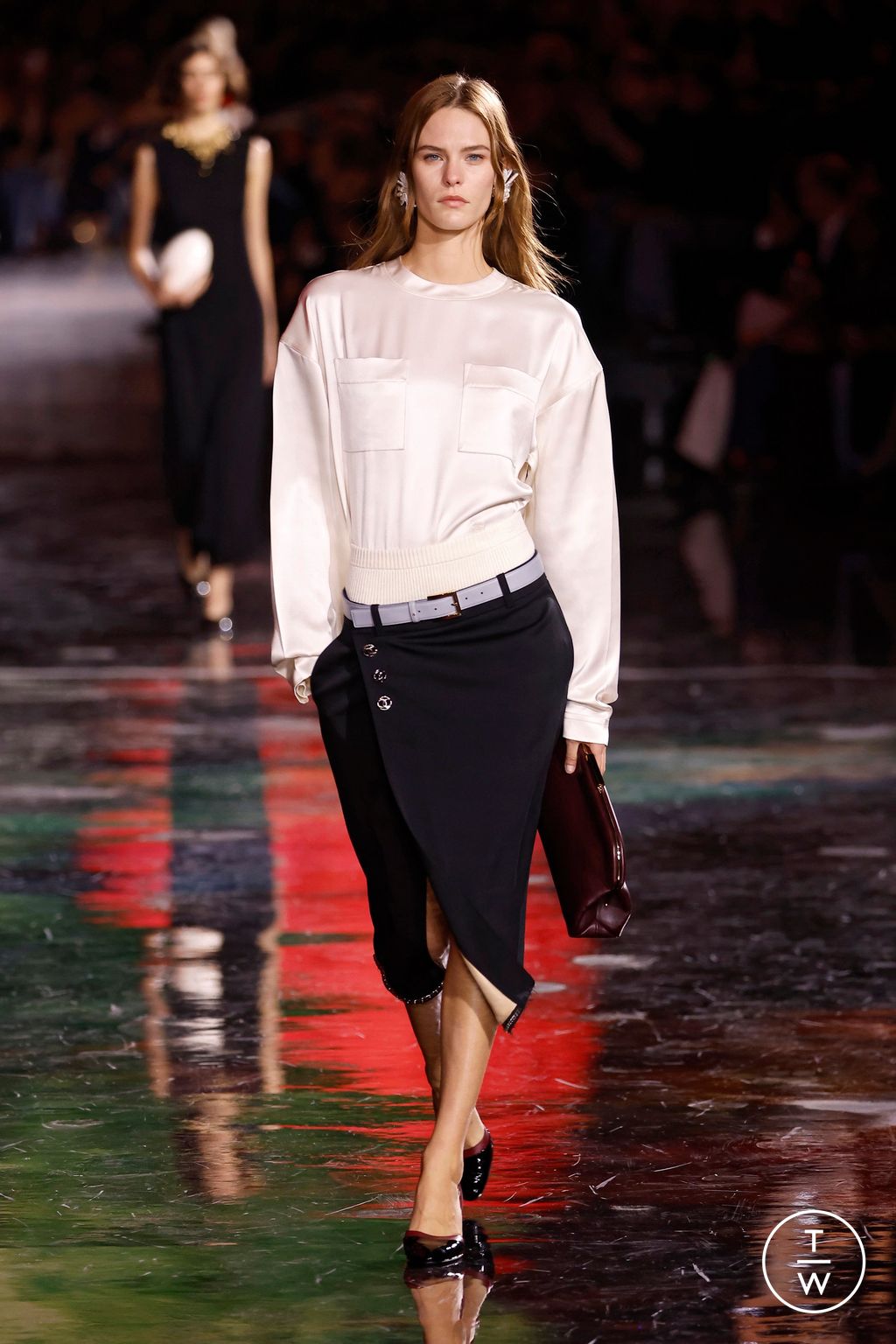
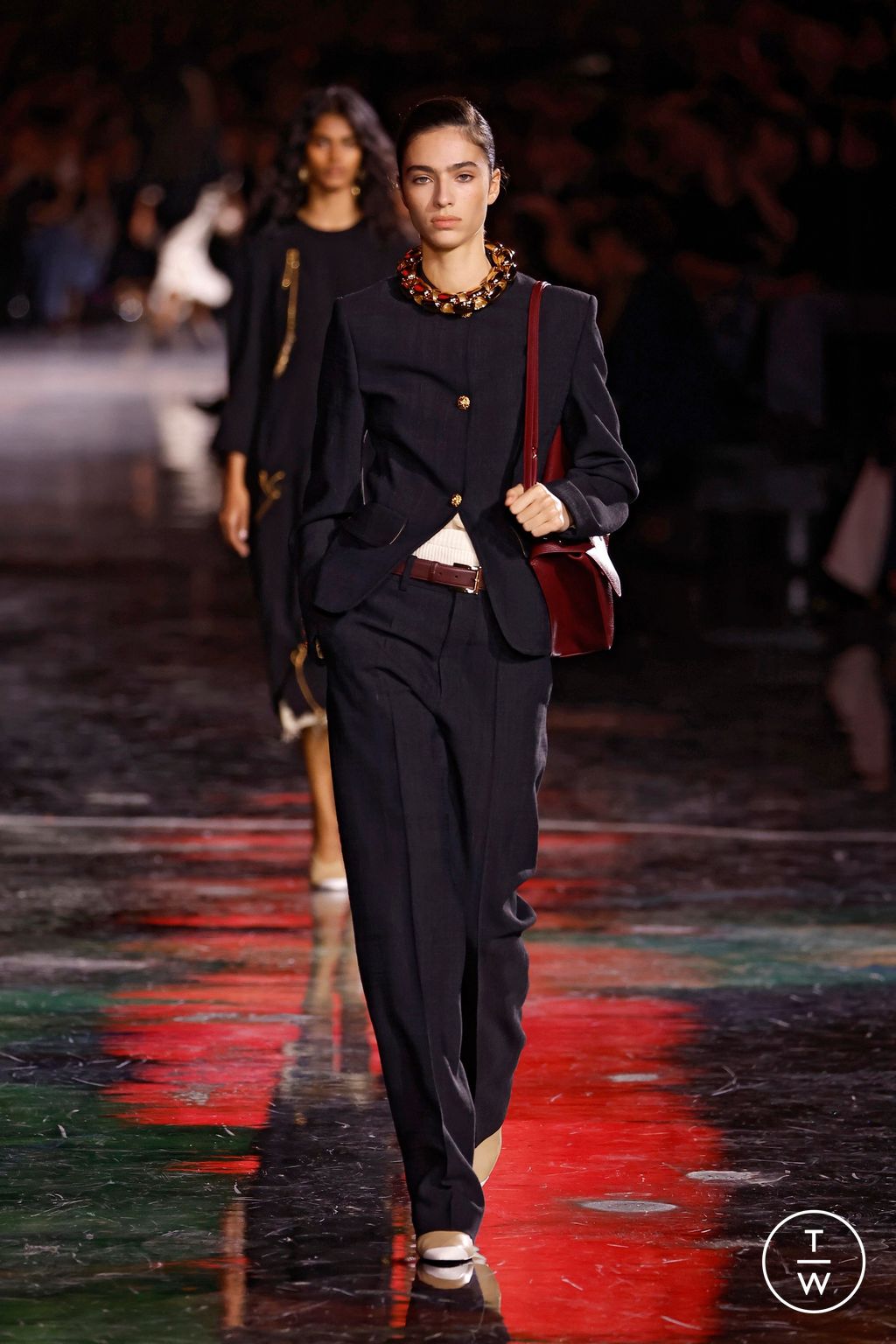
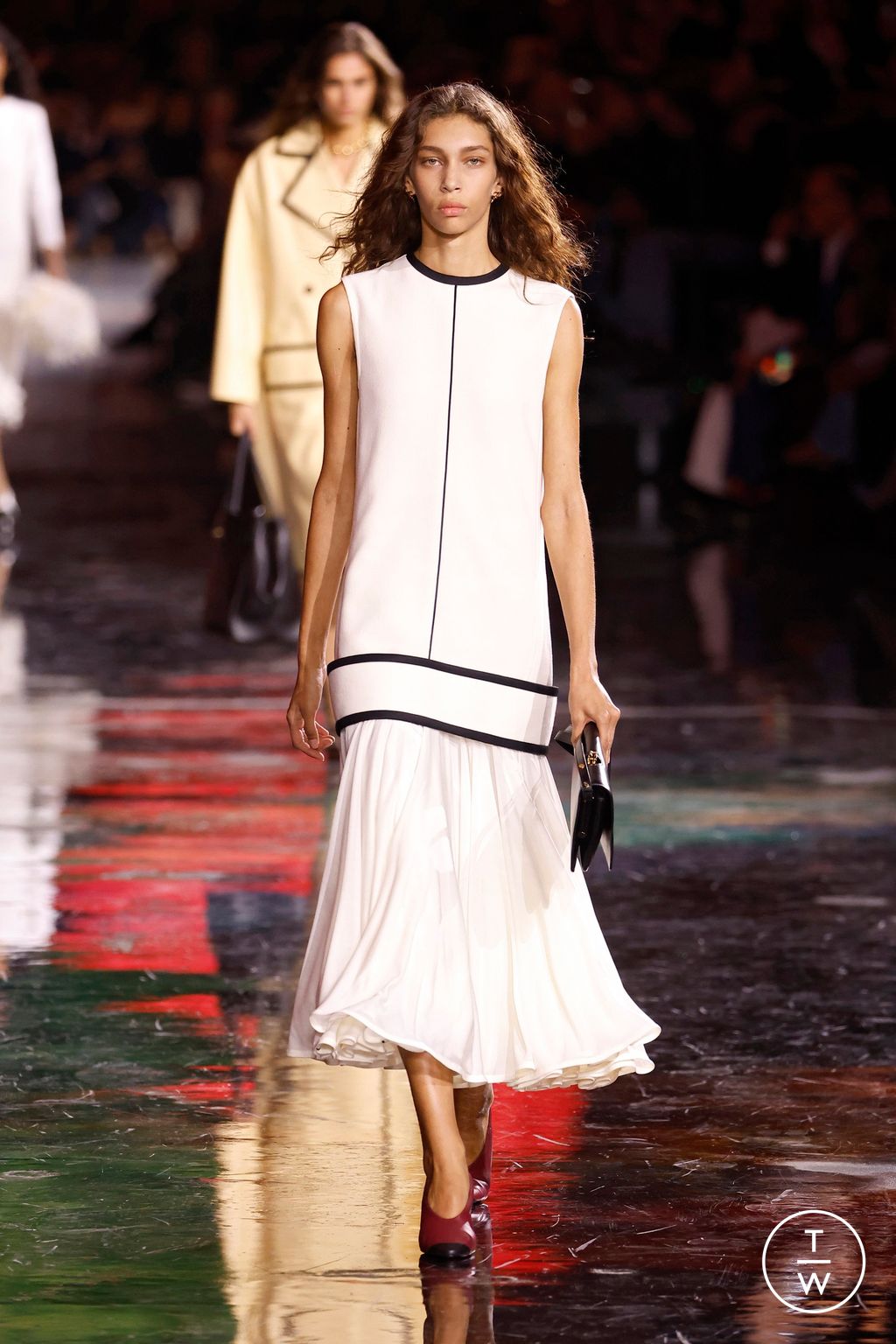
If you liked it, let me know; comment; share and interact!